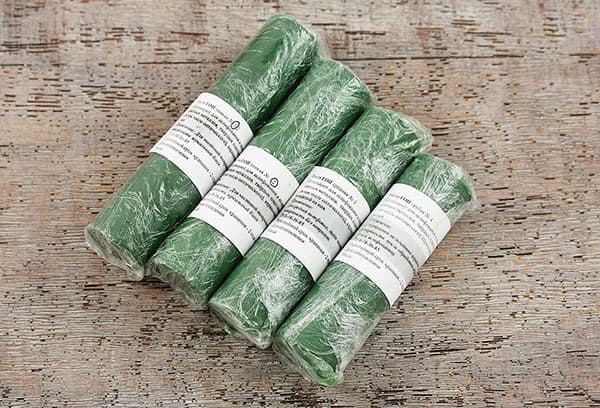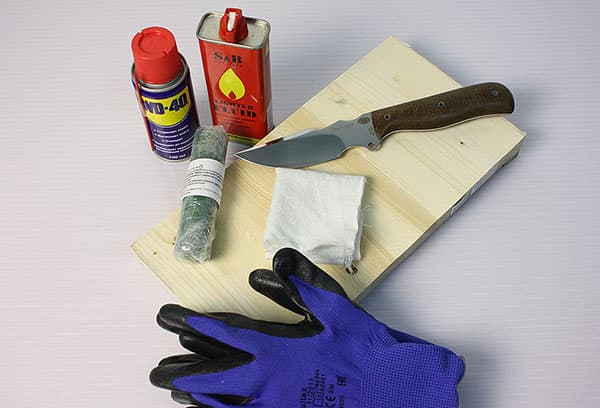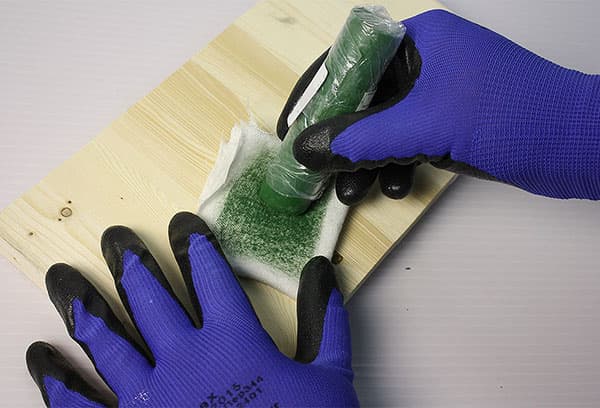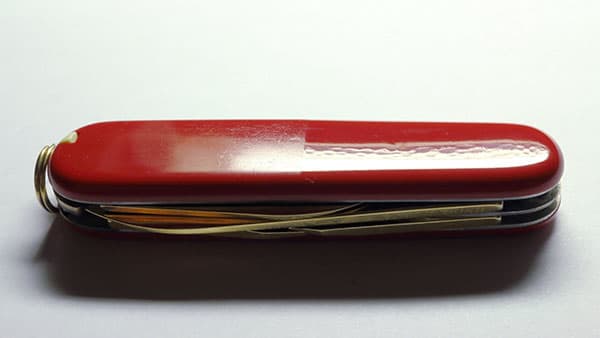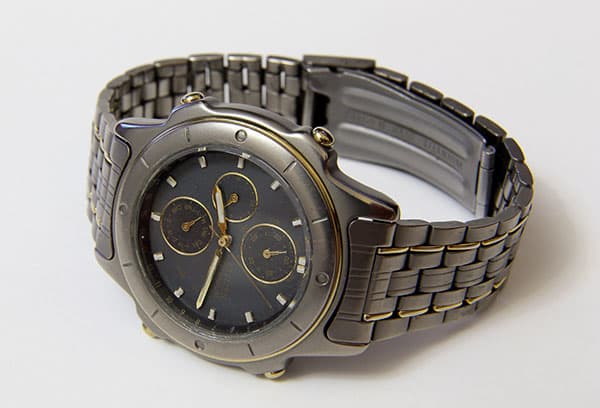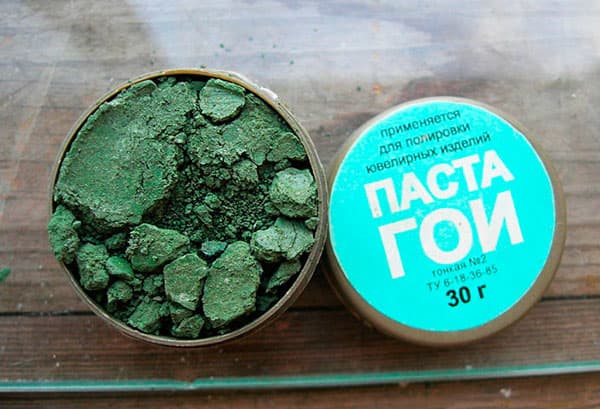How to polish GOI paste: professional tips and useful information
Content:
GOI paste, developed back in the 1930s in the bowels of the State Optical Institute, has not lost its former popularity even now. One can hardly find a master who has not hidden somewhere a piece of this green (and sometimes other colors) remedy. Recall how to use GOI paste, and give some tips on the safe use of this "greetings from the past."
Types of GOI paste
To date, there are four types of GOI paste on sale:
- No. 4 is used for primary processing of the material, if it has not been processed before;
- No. 3 gives the surface a matte look, eliminates all remaining strokes;
- No. 2 and No. 1 complete what their "elder relatives" began, make the surface glossy and complete the polishing.
The type of GOI paste depends on the size of the abrasive used in its manufacture. The paste was produced in solid (whetstone) or softer (box) version. Why are we talking about pasta GOI in the past tense? The fact is that at the moment no plant in Russia has the right to produce this product due to the presence of chromium oxide hazardous to its health - this compound is a carcinogen, that is, it accelerates the development of cancer cells.
Polishing preparation
The action of GOI paste is the work of small abrasive particles, which, when rubbed, erase irregularities from the surface. Before you start polishing, you need to prepare a small piece of soft cloth and moisten it in gasoline (it is not necessary to use automotive fuel, gasoline for lighters will be enough). A small amount of paste is applied to the material. With the prepared tool, first wipe the unnecessary metal surface to eliminate excessively large particles of abrasive, otherwise the desired surface will not be polished but damaged. You do not want to see a scratch on the surface after polishing, right?
Polishing
After preparing the polishing tool, you can begin the process. To properly polish the surface, you need to gently, without sudden movements and strong pressure, rub the desired place with polish until the surface becomes smooth. If necessary, you should return to the previous stage (if the surface requiring polishing has a large area, the GOI paste will quickly finish).
If the product has many flaws, you should use not one type of paste, but several. So, for the initial treatment, GOI paste No. 4 is applied to the rag, as the number of flaws decreases - No. 3, and so on, until the surface takes the necessary form.
The treated element should be washed with kerosene in order to remove abrasive residues from it. In the absence of kerosene, you can also use ordinary running water, but this is not recommended, since under inappropriate conditions there is a high risk of rust. Given the fact that many polish the necessary surfaces in the garage, where there is often high humidity, at the moment you should not discount.
Tip
Carry out polishing work outside the living area. The ideal place would be a garage, a workshop with good ventilation or some kind of open space. Polishing with GOI paste after itself requires washing with kerosene, and inhaling its vapors is dangerous for health.
Polishing soft metal products
GOI paste can polish products from any metals, including such soft ones as silver and gold. This procedure will help to restore the former shine of your favorite utensils. But polishing such items requires a special approach.
Consider the polishing process using silver spoons as an example.
- Before carrying out the procedure, you should thoroughly wash the spoons and clean them with a hard brush (the most ordinary toothbrush is ideal) with tooth powder applied to it.
- Then a solution is prepared containing ammonia, tooth powder and soap chips. All this is mixed until completely dissolved.
- Spoons are soaked in the resulting solution.
- Then the mixture should be put on fire and brought to a boil.
- Spoons are removed, washed in running water and then wiped with GOI paste.
It will be better to use types of paste No. 1 or No. 2, since the other two can leave scratches on expensive utensils.
Polishing plastic and glass products
It’s amazing, but a fact: GOI paste can be used to restore the old beauty to old technology! For polishing plastic products, GOI paste of type No. 2 should be used, since more abrasive types can damage soft plastic.
It is worth noting that when polishing equipment, kerosene, gasoline and running water are not used. Only abrasive is applied to the rag, without the use of auxiliary means. The process itself is no different from polishing other materials and objects.
Where can I not use GOI paste?
It would seem that GOI paste is a universal remedy. But no, there are surfaces that should not be touched by this polish due to the fact that such a procedure will either make no sense or harm.
Firstly, do not polish mechanical watches with GOI paste. Types No. 1 and No. 2 will only enhance the visibility of small scratches, emphasize them, and pastes No. 3 and No. 4 can simply erase the top layer of metal, due to which the watch will lose its former gloss.
You should also not use this product to polish sapphire crystals on a watch - there will simply be no effect, since sapphire crystal is very durable.
Precautionary measures
At the beginning, we mentioned that GOI paste is not currently produced in Russia due to its toxicity. However, it is sold freely in stores, the owners of which were able to arrange the supply of well-known polishes. And if a person acquires this remedy, he should know some precautions in order to avoid tragedy.
- GOI paste should be used with extreme caution, avoiding the ingress of its particles on the mucous membranes of the eyes and nose. If you cannot protect yourself from this, immediately rinse the affected surface with running water and call an ambulance.
- Use a respirator or at least a medical mask when working with polish, especially when polishing metals using a cloth soaked in gasoline. You should not expose your body to the risk of poisoning by vapors of chemically complex substances.
- Keep children away from polishes.
- Work with the product in gloves in order to preserve the skin of your hands.
So, GOI paste is an effective but unsafe means. Even if you have used it many times for polishing, you should always be alert when working. If the situation allows, it is better to use more gentle methods.
